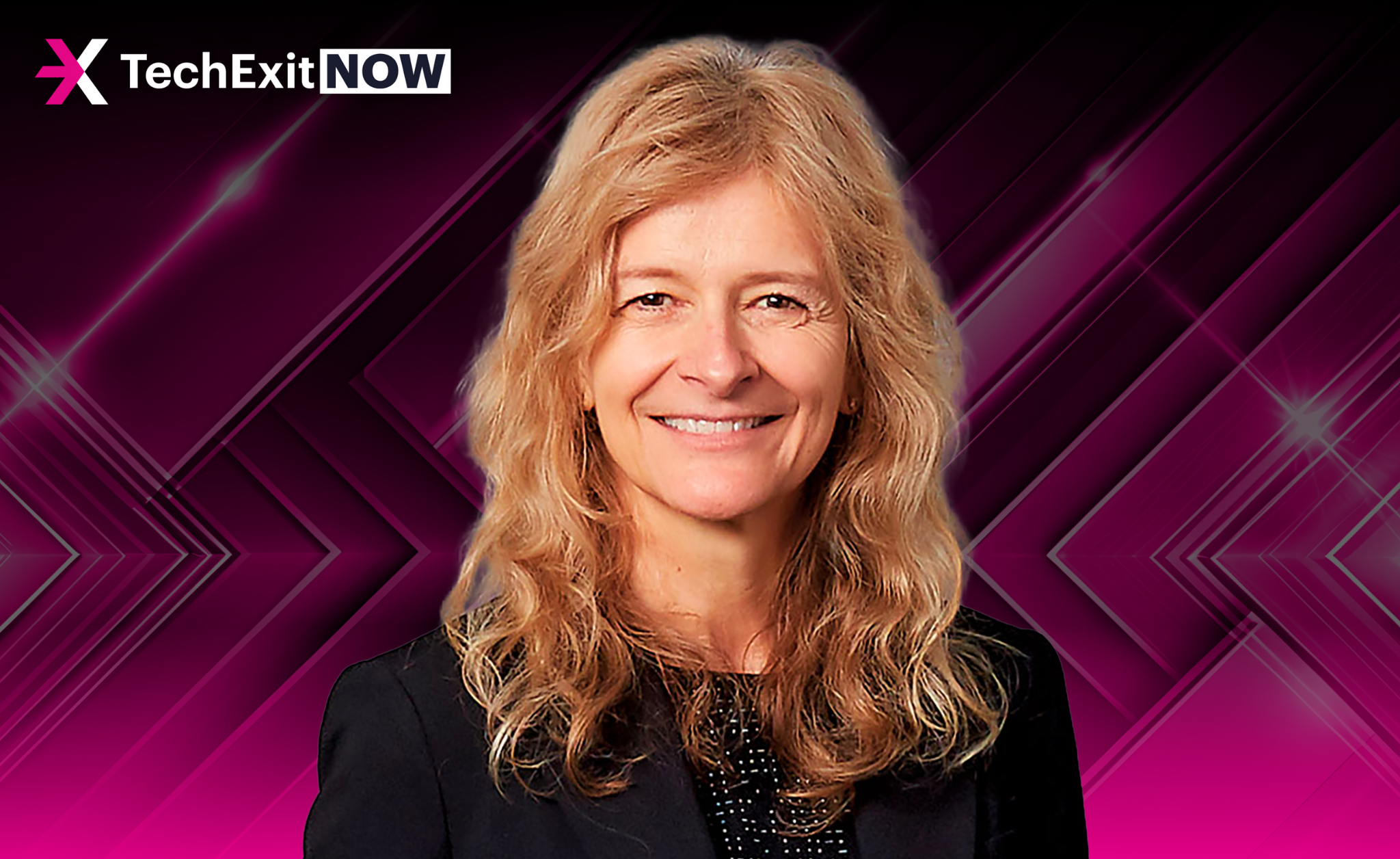Exits don’t happen by accident. They’re the product of decisions made when no one is watching, when your company is small, cash is tight, and challenges feel bigger than your resources.
That’s the story of Copperleaf under Judi Hess’ leadership. When Judi joined in 2009, Copperleaf was on the brink: no money, a failing product, a founder lawsuit, and a single customer about to walk. Investors wouldn’t take calls when they heard “utilities,” and the 2008 financial crisis meant capital was scarce.
Yet, over the next decade, Judi and her team built Copperleaf into a global leader in decision analytics software for critical infrastructure, growing it from a company valued at $5 million with barely any revenue to a $1 billion CAD acquisition by IFS in 2024.
This journey wasn’t about chasing an exit. It was about building a resilient, customer-driven company with a strong culture, disciplined focus, and readiness to act when opportunities arose.
Here’s how they did it and what every founder can learn when building with the end in mind.
Key takeaways:
- Lean Into Hard Markets: Challenging industries can become your moat.
- Protect IP Early: It will pay off during diligence and exits.
- Weigh Going Public Carefully: Capital access comes with trade-offs.
- Plan for the Long Game: Exits aren’t events; they’re the result of layered strategy.
Copperleaf’s path to a $1B exit wasn’t easy (or typical).
Under Judi Hess, with support from early backers like Pender Ventures, the team turned tough markets, early setbacks, and complex customer challenges into a foundation for long-term growth.
Their story offers practical, lived experiences and insights for founders on building a business that’s truly exit-ready.
Here’s how they did it and what you can apply to your own journey.
What Made Copperleaf Exit Ready?
1. Embrace Difficult Markets To Build A Moat
Selling to utilities meant 18+ month sales cycles and procurement hurdles most SaaS companies would avoid. Investors would check out of meetings the moment “utilities” were mentioned.
But Judi saw an opportunity where others saw risk. Utilities’ reluctance to change became Copperleaf’s competitive advantage:
“No one else was crazy enough to go after utilities and do the 18-month sales cycle. It created a moat.” – Maria Pacella, Managing Partner – Pender Ventures
Once Copperleaf earned a customer, they kept them, achieving zero customer churn and building relationships so strong that customers became their best advocates.
Takeaway for founders: Entering tough markets can build defensibility others can’t replicate.
2. Protect Your IP Relentlessly
As Copperleaf scaled, it faced customer demands to own any product modifications, a common risk when dealing with large enterprise clients. Judi stood firm:
“Every contract would come to us saying they own all the IP… we never signed up for that.” – Judi Hess
This disciplined approach ensured Copperleaf retained its intellectual property, preserving valuation and strategic flexibility during due diligence processes for IPOs and M&A negotiations.
Takeaway for founders: IP is the backbone of your exit value. Defend it early, even when it feels like a small detail.
3. Navigate The Trade-Offs Of Going Public
In 2021, Copperleaf took advantage of a strong IPO market, raising $161 million CAD. It was a strategic move that provided the company with resources to accelerate its global go-to-market plans while remaining independent.
Yet being public brought significant challenges:
- Quarterly reporting pressures conflicted with long-term decision-making.
- Market volatility exposed the company to acquisition overtures it could no longer ignore.
- Leadership time shifted from building and scaling to investor relations and compliance.
“When you’re a public company, you’re for sale whether you like it or not.” – Judi Hess
Takeaway for founders: Going public can unlock growth, but it comes with new risks and operational distractions. Assess carefully whether it aligns with your mission and capacity.
4. Be Ready To Act When Opportunity Knocks
IFS had pursued Copperleaf for years, recognizing its unique market position and customer loyalty.
Despite Copperleaf’s ambitions to grow as an independent company, the realities of the public markets, a high acquisition premium, and shareholder considerations led the board to accept a $1B CAD offer, double its trading price at the time.
“It was bittersweet. It was a good financial exit, but we can’t help but wonder what if.” – Maria Pacella
The process was structured, thorough, and driven by Copperleaf’s preparation and strong governance, ensuring the company exited on its terms while preserving its legacy.
Takeaway for founders: The best exits happen when you’re prepared, your house is in order, and you can weigh opportunities with clarity.
What To Do Next:
Copperleaf’s story is a powerful reminder that exits aren’t random events; they are built through strategy, discipline, and resilience long before a term sheet is on the table.
At TechExit.io, we bring you these stories and insights to help you prepare your company for exit readiness while you build, protect your valuation and optionality, and navigate IPO versus acquisition decisions with clarity.
You’ll learn directly from Canada’s most impactful founders and dealmakers, gaining practical lessons you can apply as you scale and plan your next move.
TechExit.io is the M&A ready event for tech entrepreneurs. Learn from the biggest acquisition success stories and connect with the players that made them happen at TechExit.io.


